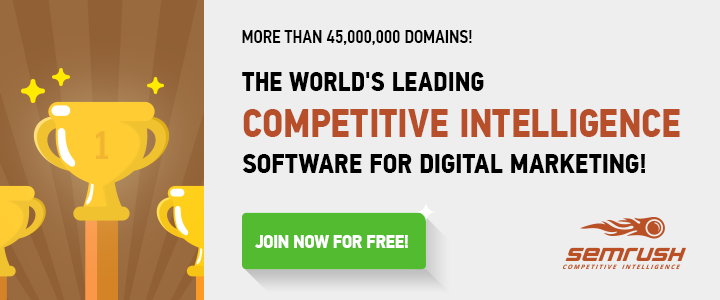Digital Marketing is a measurable medium of brand communication that encompasses all the digital devices existing in the modern world.
It is primarily used for increasing brand recognition and awareness but has the ultimate intent of driving a brand’s sales.
With the advent of the internet, everything about the world changed, this having a maximum impact on consumer behavior.
Since after the internet, people preferred to spend more of their time in the digital space, marketers took notice and shifted their focus from employing the traditional form of marketing to resorting to digital marketing tactics.
Even today based on a report of Pew Research Center there is a steady increase in the usage of internet by people.
Accounting for a 5% rise in spending more time in the digital space in the last 3 years.
The quality of being measurable besides being thousand times more effective as compared to the traditional marketing practices is what made digital marketing, the favorite form of marketing for the marketers.
If you are still feeling cynical about the extent of impact digital marketing has today just go through the following interesting facts:
- Businesses make $2 dollars for every $1 dollar spent on ads.
- After watching a video advertisement 46% of people take some action.
- Quality content can draw 2000% more traffic to a blog.
- Digital ads that are location specific are 20 times more effective than simple banner ads.
- More than half of the worldwide population ended up knowing about new brands while surfing the internet on the mobile.
These amazing figures are also what are prompting marketers to increase their digital marketing budget.
According to Statista, the total spends on the digital Ad across the globe is expected to hit a staggering $335 billion by the year 2020.
Now, that you have an idea about what digital marketing is and the extent to which it has become a key ingredient in deciding a brands’ success, let’s straight away dive into its various types so that you get a lucid picture on how digital marketing actually is able to achieve its great feats.
Types of Digital Marketing
1. Search Engine Optimization
Search Engine Optimization or SEO is the most popular form of digital marketing practice with whom most people are familiar with.
SEO, as the name suggests, involves practices that optimize the ability of a website to be ranked higher on the search engine page results.
Unlike the paid form of featuring a website, it strives to achieve the said result in the organic list of search engine pages.
This, in turn, translates to having an improved reach, visibility, and Alexa scores.
Further, the reason that makes ranking higher in the search result list essential is the fact that website links shown in the first page itself capture most of the internet traffic.
This again means more awareness, activity, lead generation and ultimately conversion.

Some of the SEO practices that enhance a website’s authority and recognition are:
- A website domain that is SEO friendly.
- High-quality content that provides a better idea through images and videos.
- Employing white hat techniques.
- Keyword optimization in the page title, content, and Meta tags.
- Focusing on website designs and layout that are SEO optimized.
- Keeping oneself updated with the latest changes in the search engine algorithms and keeping knowledge about crawling, processing, and indexing activities of the search engines.
- Using high-quality backlinks.
2. Social Media Marketing
Social Media Marketing (SMM) is the latest form of digital marketing that is delivering promising results.
It mainly involves utilization of the power of social media platforms like Facebook, LinkedIn, Pinterest, Snapchat, Twitter, and YouTube, etc along with some popular discussion forums, niche networks, and dynamic blogs that can influence consumer perception about brands.

Some effective ways in which SMM can be carried out are:
- Facebook ads involving photo ads, video ads, slideshows, and canvas.
- Display ads, Sponsored InMail, and Sponsored content on LinkedIn.
- Promoted twitter accounts, trends, and tweets that brings forth the brand message.
- Instagram ads in the form of Photo, Video, and Carousel.
In SMM the main points that can have a huge hand in determining the success of the digital campaign are having a thorough knowledge about the target audience and choosing the right platform to carry-out the SMM campaign.
When these main points are sorted out the next steps involve choosing the suitable KPIs to measure the campaign progress, posting relevant content, scheduling posts, and finally analyzing the results achieved to implement or withdraw some actions.
3. Search Engine Marketing and Pay Per Click
Search Engine Marketing is one of the popular forms of digital marketing that can be thought of as buying web traffic to a particular website.
Similar to SEO, SEM also increases the reach, visibility, and conversion rate of a brand.
However, the difference in both lies in the fact that SEO is an unpaid form of achieving the said objectives and SEM mainly involves the paid forms.
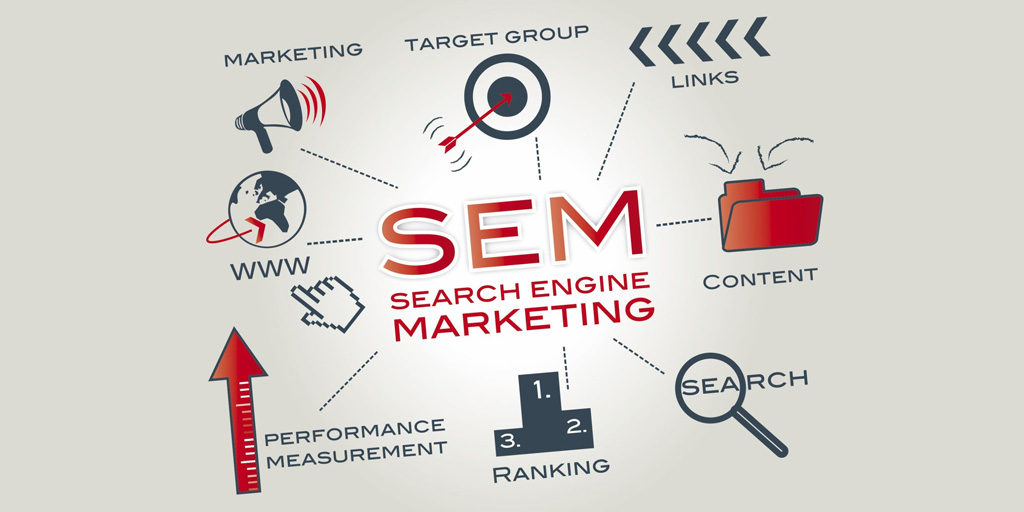
SEM is the primary type of digital marketing which is known by many names such as Paid search advertising, Paid search ads, pay-per-call (PPC), pay-per-click (PPC), cost-per-thousand impressions (CPM), and cost-per-click (CPC).
SEM which is also synonymous to PPC is the fastest way of ensuring a huge volume of traffic to one’s website and highlighting one’s products and services.
The formula by which the PPC can be determined is:
Pay per click ($) = Advertising cost ($) / Number of clicks on ads
4. Content Marketing
Content marketing can be defined as a digital marketing strategy that possesses the potential to convert the traffic into valued customers by means of relevant content in the form of posts, blogs, videos, infographics, e-books, and others.
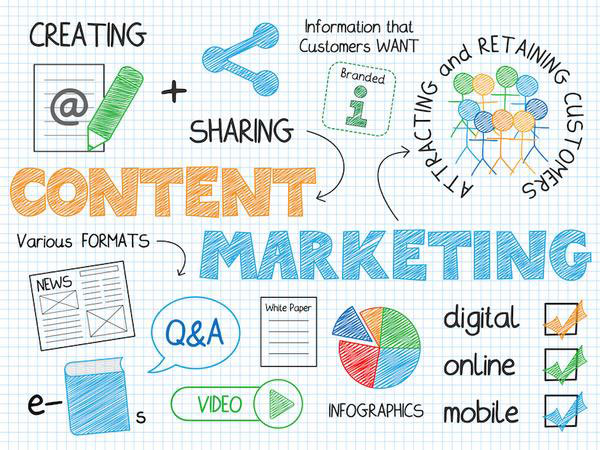
Some of the main points that content marketing focuses on are attracting, engaging, and informing the audience about the brand and persuading them to take the desired action.
This form of digital marketing involves several steps that start from crafting, designing and publishing the content to later also proceeding to include distribution and promotion.
Some of the important points that can decide the level of impact a content marketing strategy has:
- Knowing and understanding the needs of one’s target audience.
- The objective that the marketer desires to achieve through the content.
- Choosing relevant formats for the content marketing campaign.
- Determining which is the most suitable platform for sharing the content.
- Paying close attention to content curation, publication, and different Content Management Systems.
- Choosing the content according to the brand’s personality and USP.
Identification of a brand’s goals marks the first step in performing content marketing.
The second step involves carrying out persona research so that it becomes easy to define the lines in which the content is supposed to be.
Then zero in on the best type of the Content Management System and determine the best form of content that delivers the brand’s message.
Starting a blog and regularly posting in it is a great way to draw traffic and build a loyal base of audience.
Lastly, interact with the audience through answering queries and posting comments.
5. Email Marketing
Email Marketing is perhaps the oldest form of digital marketing that has existed from the early days of the internet.
The most important point that makes email marketing still a potent way of brand communication and conversion is the fact that it successfully captures the undivided attention of the audience.
Something that is very difficult in social media platforms where the audience is constantly bombarded with different marketing tactics.

It is a more personal form of digital marketing that enables one to one communication between businesses and their potential customers.
This makes email marketing still very much relevant to the modern day where it can be used for not only raising awareness about a brand but also building strong relationships between businesses and their existing customers.
B2B marketers have recently disclosed that email marketing accounts for about 59 percent of their revenue generation which reinforces the effectiveness of email marketing in today’s time.
When should a marketer opt for email marketing?
- Getting new customers to sign up for one’s products and services.
- Generation of quality leads.
- Persuading more people to attend a company organized event.
- Informing about some events such as webinars.
- Forging a deeper customer relationship.
Newsletters, Event Invitations, Announcements, and Marketing offers are some forms of email marketing.
Steps to execute an email marketing campaign are:
- Have knowledge about the various forms of email marketing.
- Get Email sign up permissions.
- Pay attention to email marketing content.
- Know how to avoid being diverted to spam folders.
- Use the most suitable email automation tools.
- Conduct regular follow-ups on email marketing.
6. Affiliate Marketing
One of the most lucrative forms of passive income is Affiliate marketing.
Internet marketers and bloggers who have been in this field for quite some time now can tell all about the affiliate marketing program and how it constitutes a major portion of their online income.
Affiliate marketing is based on the revenue sharing concept.
In the simplest terms, it is the process of promoting some brand’s products by means of an affiliate network and earning a particular amount of commission, when people end up buying the brand’s products as a result of brand promotion by the affiliate marketer or publisher.

This type of an arrangement is mutually beneficial for both the brand that wants to sell its products as well as the person who is able to earn a particular sum as commission owing to his marketing skills that lead to the sale of the products.
In affiliate marketing, mainly two parties are involved.
One is the Product Creator and the other one is the Affiliate Marketer.
Each participant in this process earns a particular portion of the revenue generated based upon their proportion of contribution.
The Product creator or seller: The product creator, merchant, or seller can be anyone as long as one has a product that one wants to sell.
The product creator can range from big brands to individual entrepreneurs.
Affiliate Marketer: The Affiliate Marketer can be also called as the Publisher.
Similar to the Product creator or seller, an affiliate marketer can also be a big brand or an individual entrepreneur.
Further, depending on the range of products they are promoting and their marketing efforts they may be either earning only a few bucks a month or even millions in commissions.
The primary task of the affiliate marketer is to market the affiliate products and also convince that the product they are promoting will bring some sort of value to the consumers.
The marketing of the products can be done through various means by the affiliate marketer.
It can be through blog content, social networks, or digital billboards.
7. Mobile Marketing
With mobile devices coming into the picture, marketing efforts are no longer just limited to desktop computers.
It has now extended to include mobile devices such as cell phones and tablets.
In this era of mobile devices, the art of promoting one’s brand has been modified to reach target customers in a more personalized manner.
Therefore, mobile marketing can be thought as a digital marketing strategy that aims to reach the target customers by means of websites, social media, email, MMS, SMS, and apps through devices such as smartphones and tablets.
Today everything that used to be just done by desktops is now accessible through the smartphones – be it reading your favorite blog, sending an email, watching videos or others.
Since 80% of the internet surfers are now utilizing mobiles to get access to their favorite digital spaces, marketers have started designing effective digital marketing and advertising strategies by keeping mobile devices in their minds.
This also includes the use of SMS, MMS, and mobile applications.
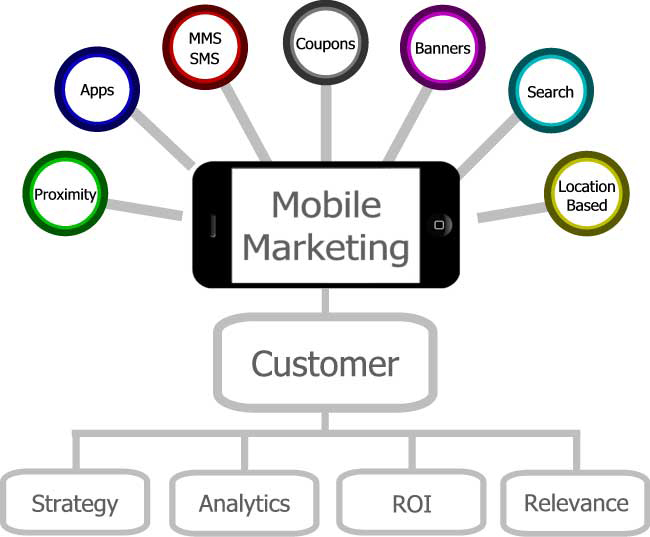
Unlike other marketing efforts, marketing through mobile devices can be highly customized and can be molded to influence different user personas.
Hence, marketers give special importance to understanding the behavior of their potential buyers in the digital space.
Understanding different types of buyers enable brands to understand the different channels and different contents that might prove helpful in persuading the target customers for buying their products.
Some interesting facts that reinforce the importance of mobile marketing:
- Mobile devices account for 65% of the first opening of emails.
- Smartphones are used by 56% of B2B clients to look at the vendor’s content.
- A whopping 95% of internet users access the internet content via their smartphones.
- Browsing of webpages is 70% more in tablet users than in smartphone users.
Ads make up a major portion of mobile marketing.
These Ads can appear in various formats and styles and is customized based on the respective platforms.
Some popular mobile marketing options are:
- Ads on mobile-based apps.
- Ads appearing in mobile games.
- QR codes that take to specific websites.
- Marketing based on location.
8. Inbound Marketing
Inbound marketing employs different types of pull marketing tactics that increase the awareness about the brand in the masses and attracts new customers.
This pull marketing tactics can range from SEO, content marketing, events, blogs, social media, and others.
Inbound marketing differs from outbound marketing in the sense that in the case of inbound marketing the brand attempts to gain the attention of people and easily allows the company to be found by the potential customers.
Whereas, in outbound marketing, marketers have to actively look for customers.
According to HubSpot, inbound marketing is the process of drawing, converting, and delighting customers.

In the modern day, the buyer is highly empowered.
The internet provides the buyer with all the information that he/she needs to make a purchasing decision.
They can easily get their queries answered, compare two products, and view previous customer’s reviews.
In such a case, including inbound marketing tactics in the buyer decision-making process leads to the building of trust, authority, and reputation of the brand.
Inbound marketing has the following benefits:
- Can influence the buyer’s purchasing decision and generate brand preferences.
- Encourages the sharing of information about the brand or its products in social media platforms.
- Empowers customers
- Enhances brand awareness
- Provides quality leads with less monetary investment
Inbound marketing is more effective and inexpensive when compared to traditional marketing practices.
This is one of the reasons why marketers today prefer inbound marketing over traditional marketing.
An Inbound marketing campaign involves the following channels:
- Blogging: This is the most popular form of inbound marketing. It is highly successful in bringing in traffic and generating leads.
- SEO: SEO is an important ingredient in inbound marketing. It ensures that the right audience is drawn to a site to get the quality leads.
- Social Media: These constitute one of the most popular options when it comes to increasing brand awareness. Social media are always a part of inbound marketing strategies.
- Webinars and Live Events: Recently, even webinars and live events are getting huge following which helps in taking inbound marketing up a notch.
E-books, videos, and e-newsletters are some other forms of inbound marketing. Inbound marketing doesn’t rely on just one channel. It works best when different channels are incorporated into the campaign.
9. Marketing Automation
Marketing automation constitutes the use of software to automate, streamline, and measure marketing efforts.
It enables companies to successfully target potential customers by automating marketing messages in various channels that can include websites, emails, text messages, and social media.
The technology utilized can be thought of as an extension of the Customer Relationship Management (CRM) systems.
It is mainly utilized by the marketing department of a company to eliminate all the tasks that are repetitive.
Marketing automation can increase the efficiency of spreading the brand’s marketing messages to generate leads without the need for unnecessary allocation of human resources for the task.
Marketing automation software can achieve the following points:
- Campaign management
- Provides data analytics
- Enables segmentation and targeting
- Social marketing
- Lead management
Constant contact, Customer.io, HubSpot, Pardot are some of the famous marketing automation tools that can relieve the headache of carrying out different marketing practices.
Both B2B and B2C businesses can take advantage of marketing automation technology.
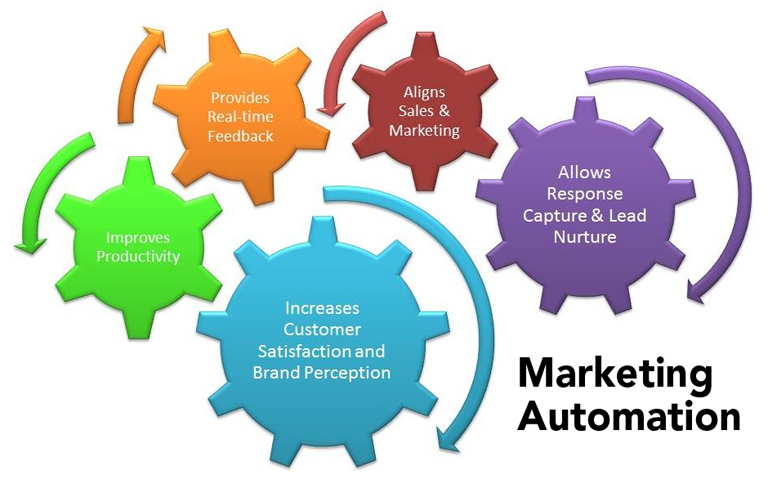
However, it has been observed that B2C businesses are the ones that are most benefitted from incorporating marketing automation.
This is because, in the case of B2C businesses, marketing automation allows brands to reach a wide base of customers belonging to different segments.
This also enables the brands to deliver their customers personalized messages in a very cost-effective manner that would have not been possible sans marketing automation tools.
Through marketing automation tools companies are able to deliver personalized marketing messages during flash sales to specific customer groups.
Attaining campaign targets, revenue goals, and specific location or segment-based marketing is made easy through marketing automation.
In the future, AI-based technologies are even proposed to provide the marketers with predictive models that can take revenue generation to a whole new level with fewer customers contacted in a campaign.
Conclusion
Digital marketing truly plays a powerful role in this digital age.
No companies can afford to overlook the beneficial results delivered by digital marketing practices.
It can be said to be a disruptive force that has changed the way how marketing is done in the modern world and it has surely also changed the way marketing will be done in the future.
Being measurable and easy to track, it puts the marketer in the driver’s seat and also allows customers to be empowered.
With some solid data sets provided by digital marketing campaigns, brands now have the privilege of knowing what works best and how they can improve upon their current marketing strategies.
Further, the opportunity to interact with the brands at a personal level allows both the companies and its customers to reap the benefits of their relationship that has only been made possible through digital marketing methods.
Want to know how you can use Digital Marketing to promote your business, meet more buyers and boost sales?
Share your business details with us in the comments.





